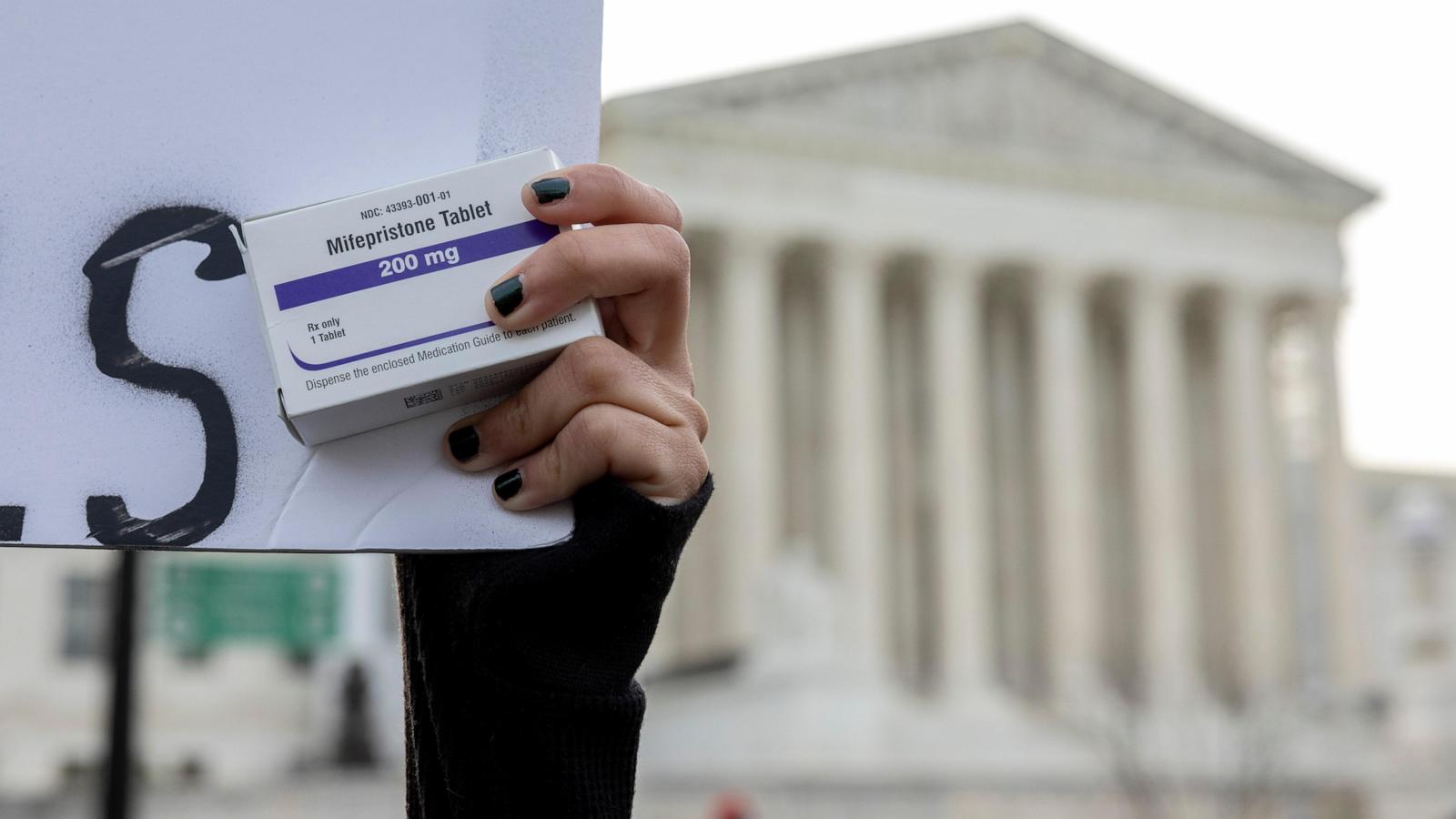The Unexpected Rise of Abortion Access After Roe v. Wade: A Shocking Twist
Since the overturning of Roe v. Wade, the battle over abortion rights has intensified, sparking passionate debates across the nation. But the reality on the ground presents a surprising twist: abortion access, although challenged, isn't diminishing as drastically as some predicted. In fact, data reveals a subtle, yet significant increase in the number of abortions performed nationwide in recent months. This begs the critical question: How is this possible in a landscape marked by increased restrictions and bans in many states?
Abortion Bans: Unexpected Results?
The implications of the Supreme Court's decision in Dobbs v. Jackson Women's Health Organization are far-reaching. While some states have imposed severe limitations, leading to clinic closures, others are emerging as sanctuaries. What initially appeared as a complete victory for the anti-abortion movement is now exhibiting nuanced, less-than-ideal outcomes. The abortion rate hasn't plummeted, challenging initial expectations and raising a critical issue for the political right and creating a perplexing scenario for politicians and pro-choice advocates.
Telehealth and Abortion Pills: A Game Changer?
One of the key factors driving this surprising statistic is the unprecedented increase in telehealth consultations for abortion pills. In the pre-Dobbs era, medication abortion already accounted for a considerable portion of procedures, approximately half. Now, with restrictions in place, access to abortion pills through telemedicine has skyrocketed to approximately two-thirds. The availability and adoption of telehealth, offering increased privacy, ease, and affordability, have undoubtedly played a substantial role. As abortion becomes further restricted, the demand and usage of such services continues to increase dramatically.
The Rise of Abortion Tourism: Seeking Care Across State Lines
The implementation of strict abortion bans has triggered the rise of 'abortion tourism', where individuals travel to states where the procedure remains legal. Neighboring states with permissive abortion laws have observed a considerable influx of women seeking these services. This surge highlights the resourcefulness and determination of women to access essential healthcare despite geographical limitations and the increasingly desperate need for support during crisis pregnancies. While often described as abortion tourism, in reality it is a testament to healthcare activism in this country, as travel to states with permissive laws for reproductive services are becoming commonplace.
Challenges to Abortion Access Remain
While abortion numbers may be up, we cannot ignore the significant challenges many women face. Low-income women, racial minorities, and immigrant women disproportionately bear the brunt of these restrictions due to barriers to both obtaining abortions and healthcare support, exacerbating already-existing healthcare disparities in the United States.
The Financial Burden of Abortion
The financial burden associated with travel and healthcare presents another critical barrier. While many abortion funds have been active in providing support, they are often forced to impose financial limits, leaving many in a precarious position. Donations to such services has also increasingly risen across this country, a testament to both sides of the argument working tirelessly to meet demands on both sides of the issue. This has spurred both increased giving to crisis pregnancy centers and abortion funds in attempts to satisfy an increase in demand.
The Ongoing Legal Battles
Furthermore, the legal battles continue to unfold. States are exploring various tactics to restrict abortion access, including the criminalization of individuals providing medications for abortions in banned states. The courts have been tasked with weighing in on such decisions.
The Future of Abortion Rights in the United States
The data underscores the dynamic reality of abortion rights post-Roe v. Wade. While strict measures have indeed created barriers to access, particularly impacting marginalized populations, ingenuity and increased support are keeping the number of abortion procedures at similar or increasing rates, highlighting the persistent resilience and dedication of those who fight to uphold abortion rights in this country.
Hope and Despair: The Uncertain Future
The uncertainty about abortion rights leaves millions in suspense and with feelings of hope and despair. These recent developments have implications for the national and international political discourse of abortion and abortion rights. While we see a surprising resistance to abortion bans, the challenges persist. There will still be an ongoing legal battle for years to come and with many Americans and members of the House and Senate still not coming to a middle ground agreement. Further legislative and judicial actions will affect the landscape of abortion access across this country, highlighting both a hopeful outlook but a depressing reality of continuing battle for women seeking abortions in the future.
Take Away Points
- Abortion rates have not declined drastically post-Roe v. Wade, contrary to initial predictions.
- Telehealth and abortion pills have become essential instruments in ensuring abortion access.
- Abortion tourism highlights the challenges women face in accessing healthcare.
- Financial hurdles and legal battles remain critical obstacles to abortion access in the future.




